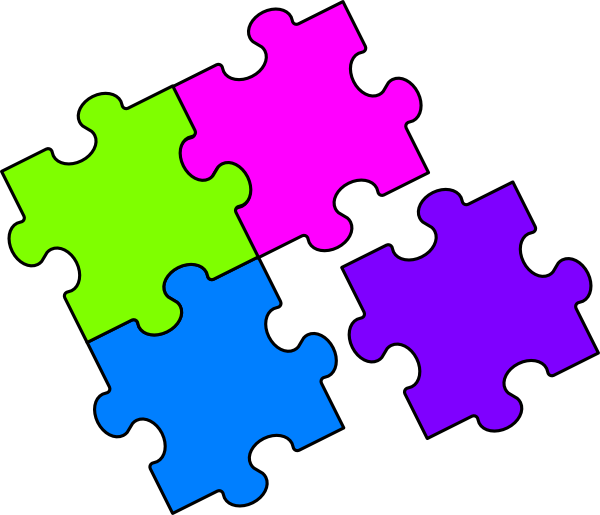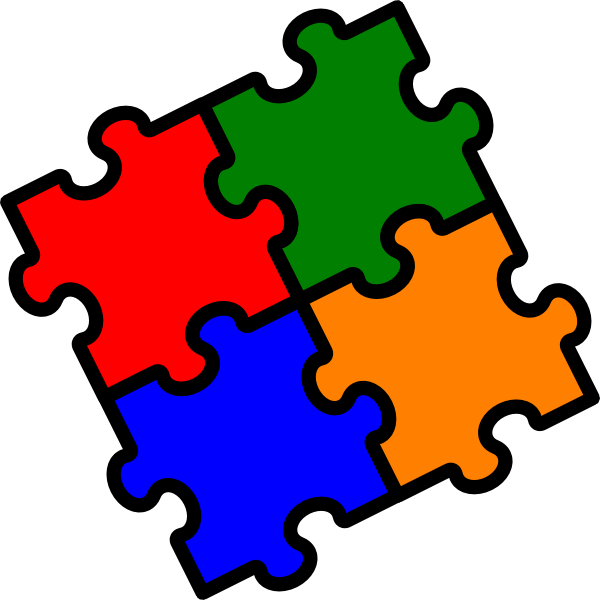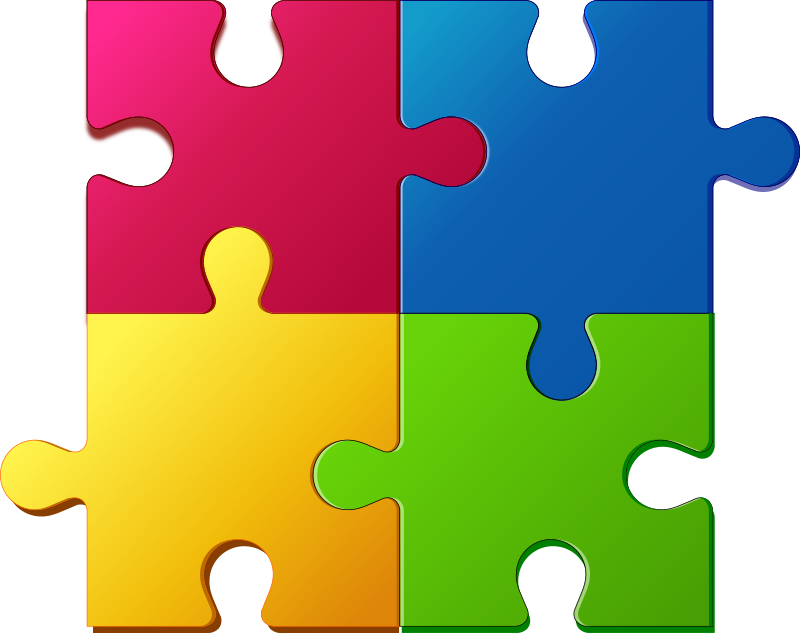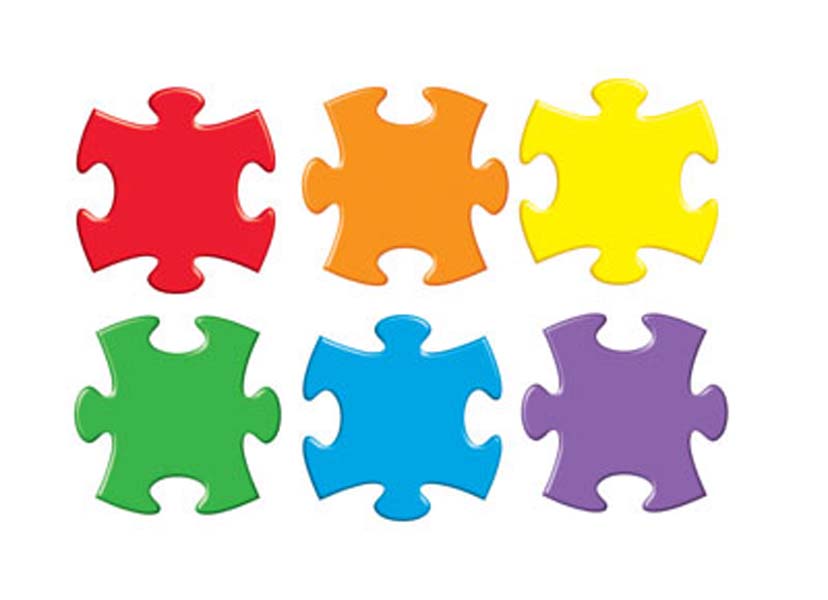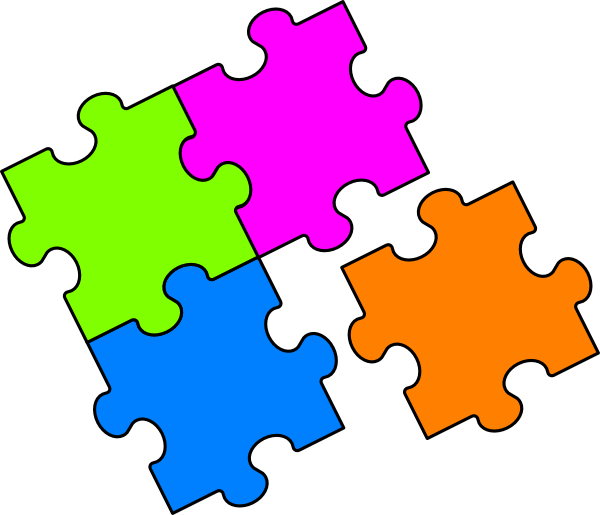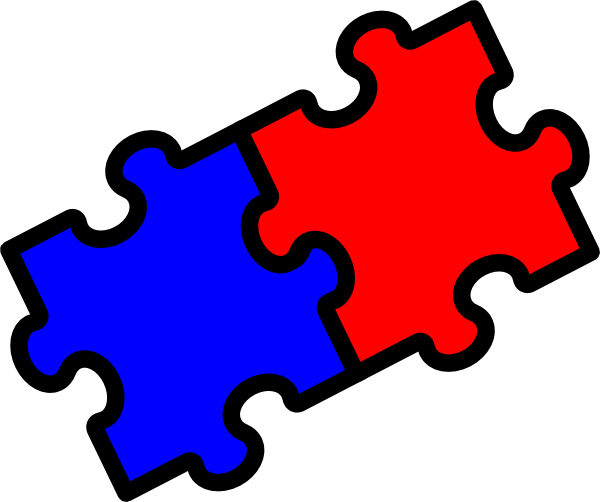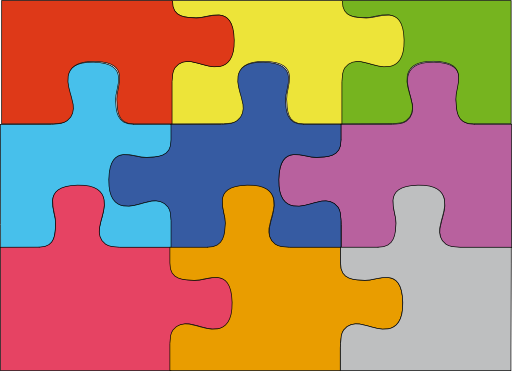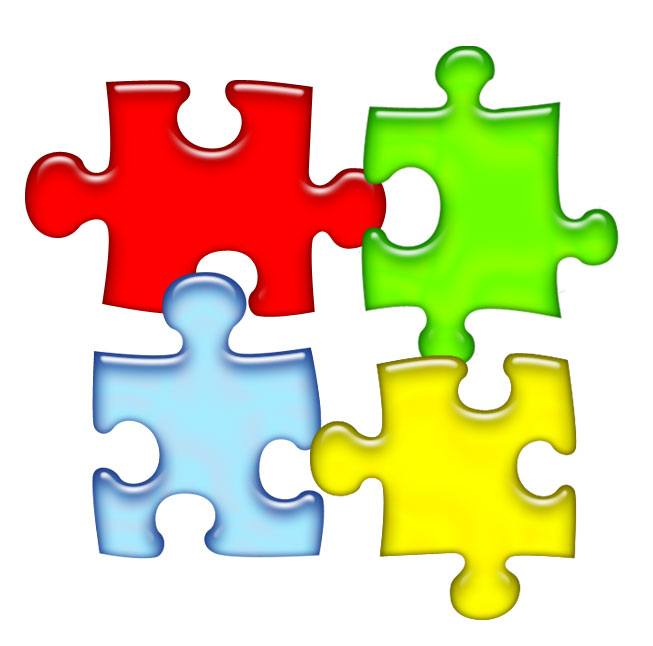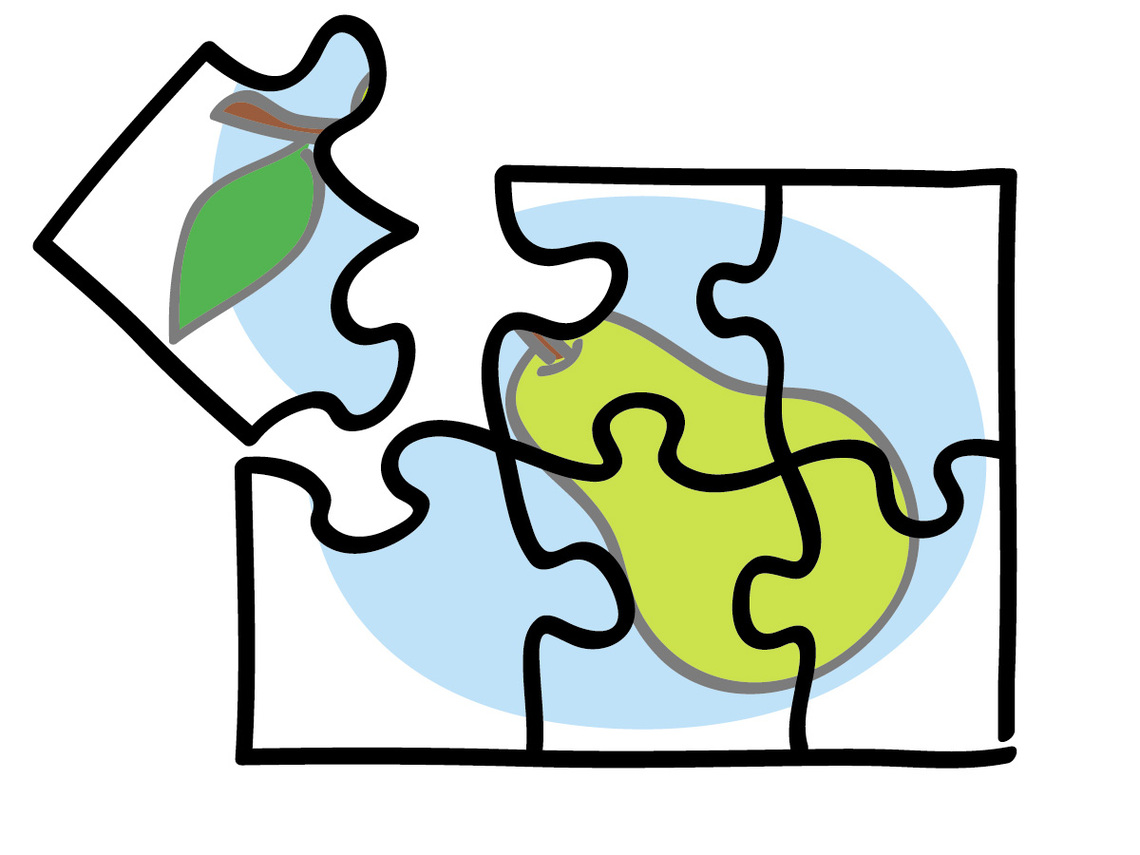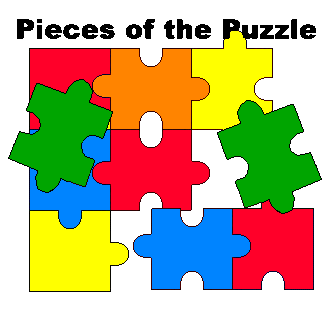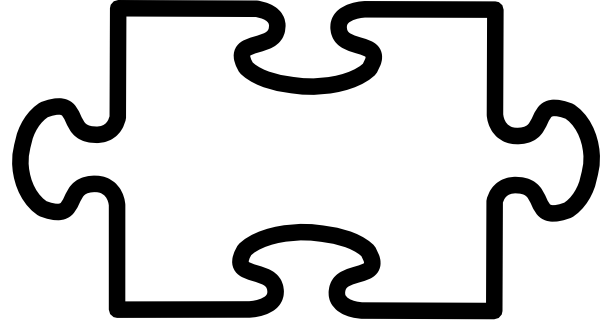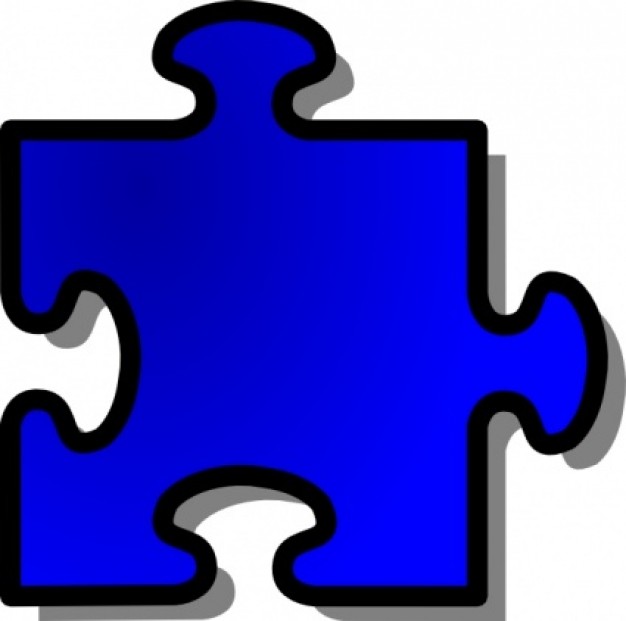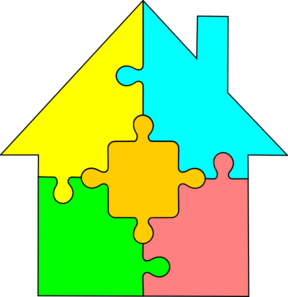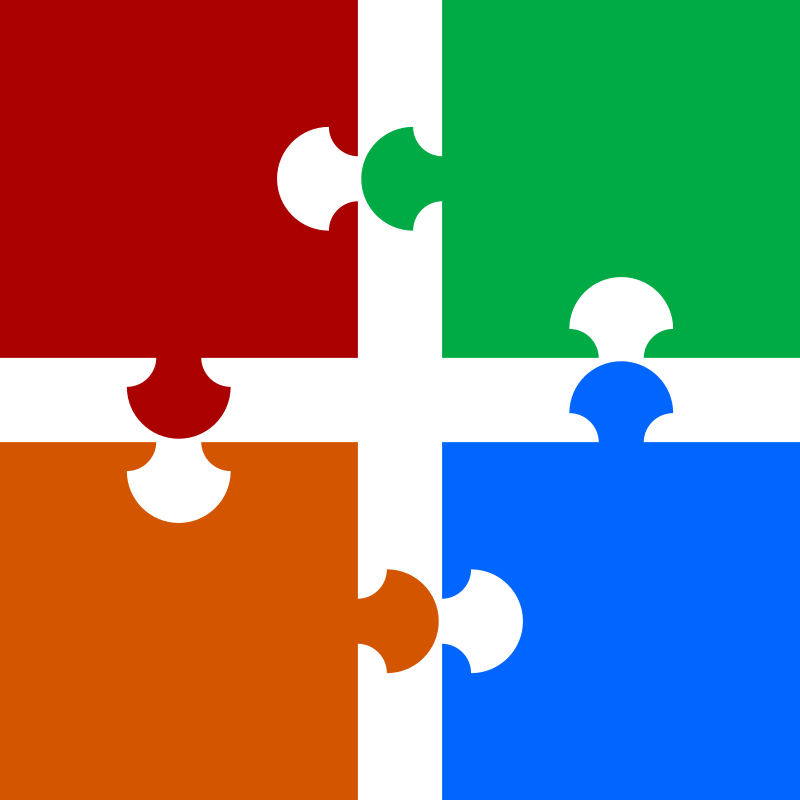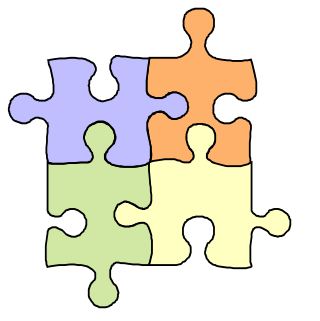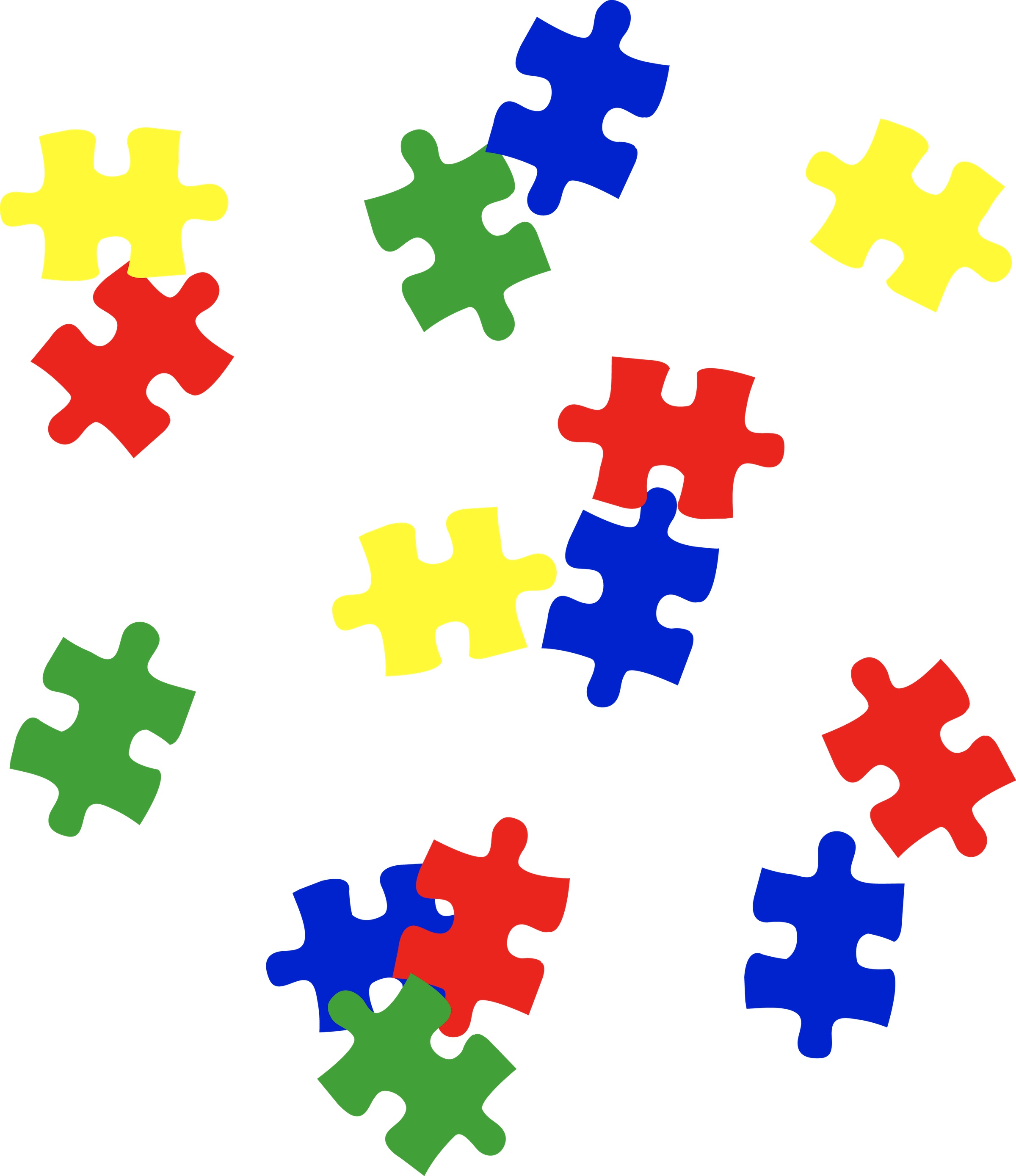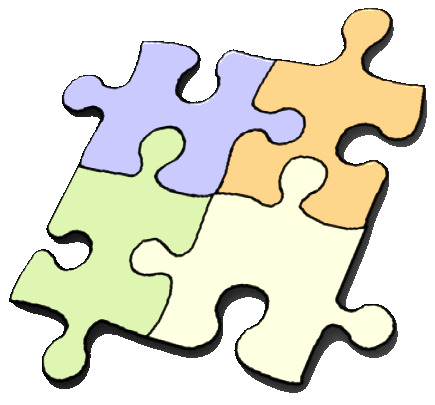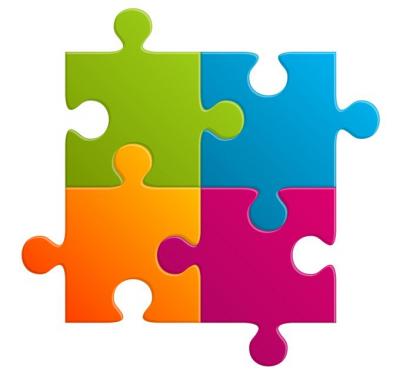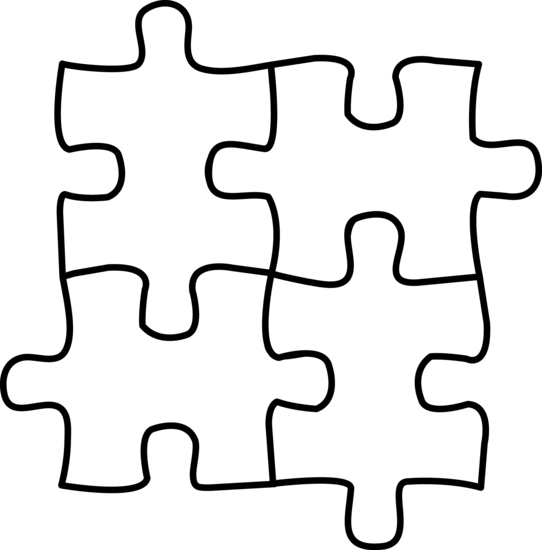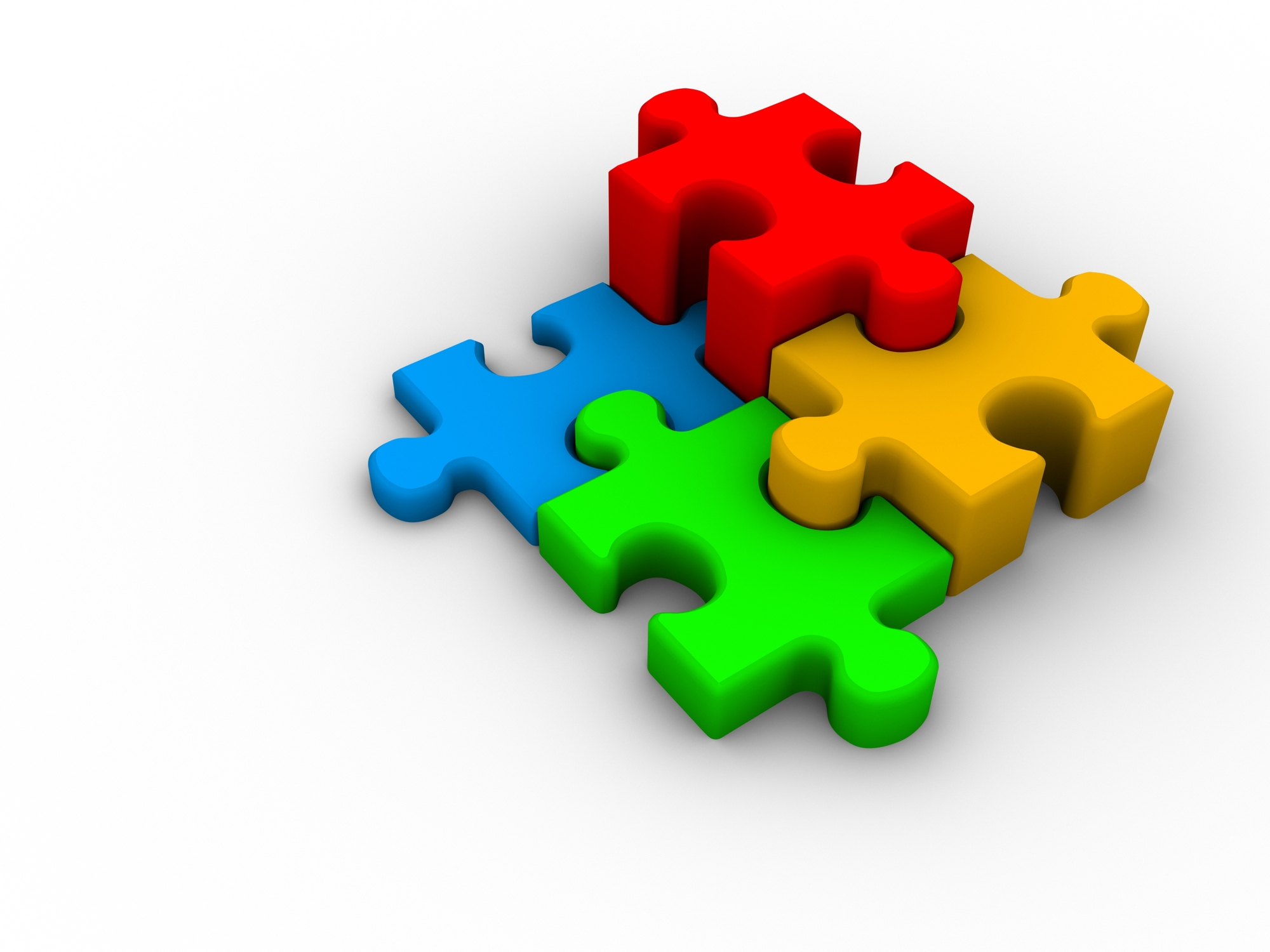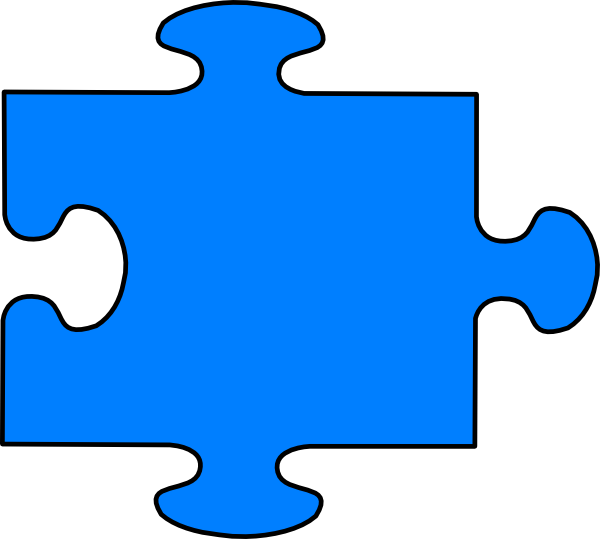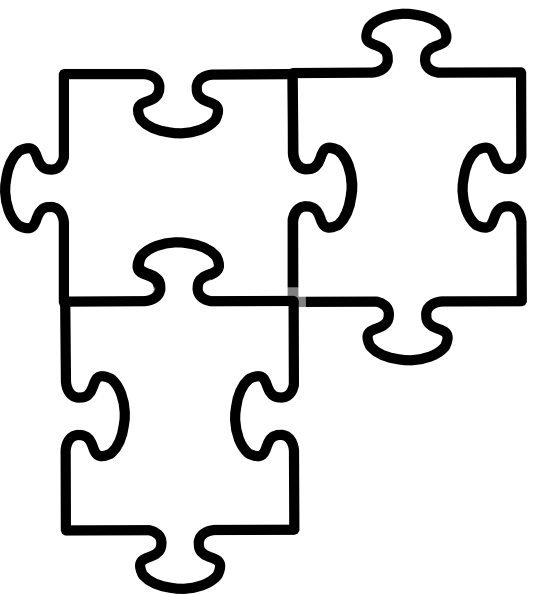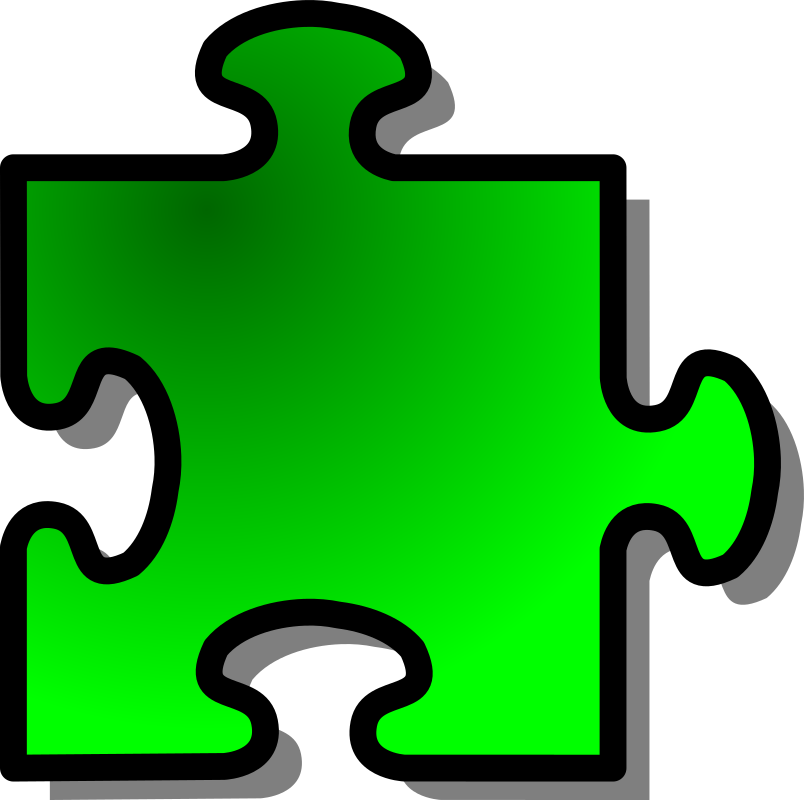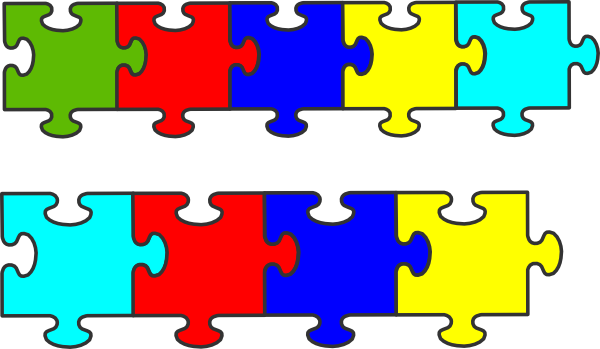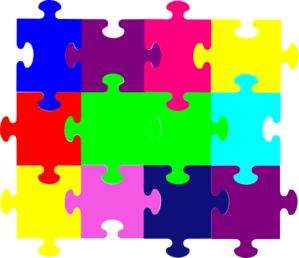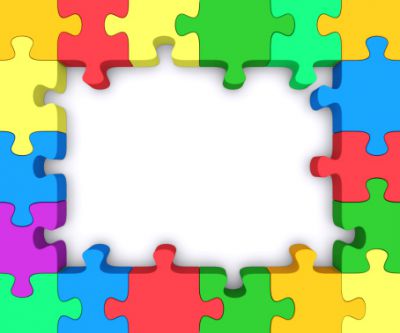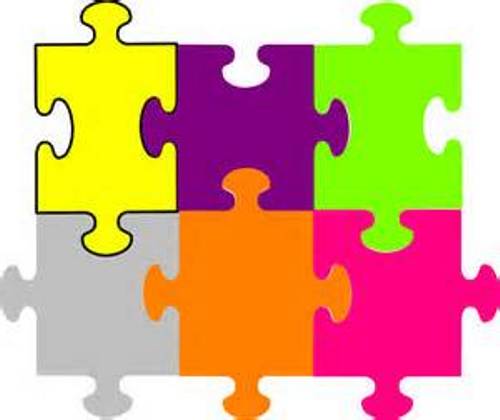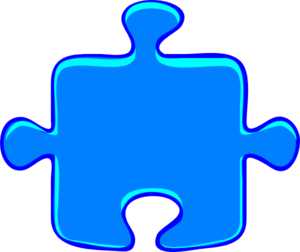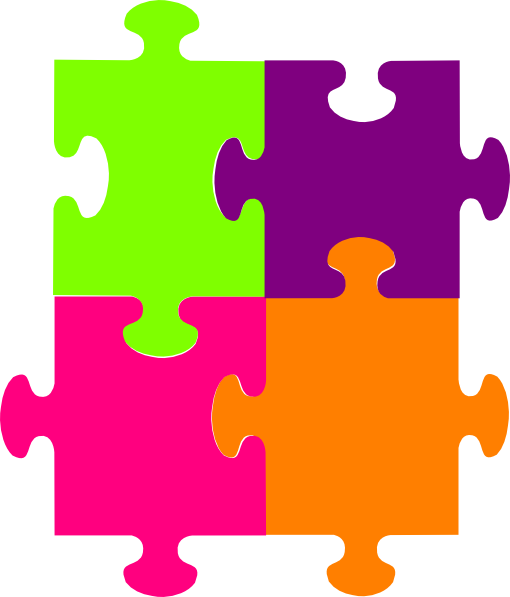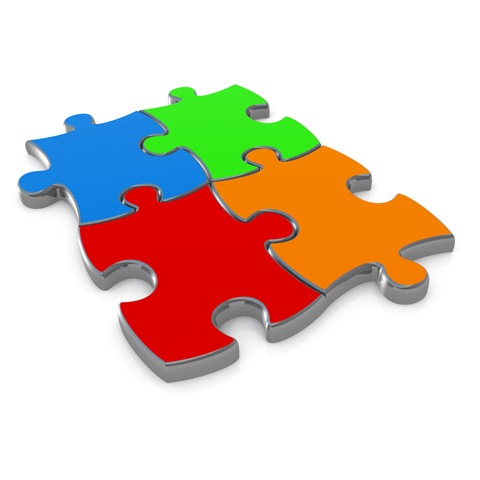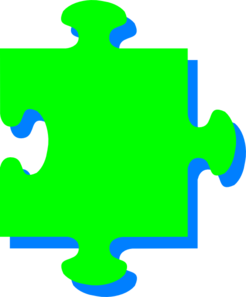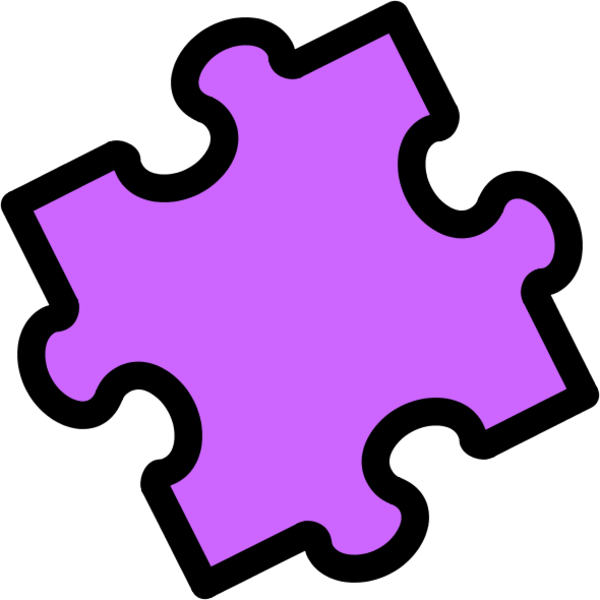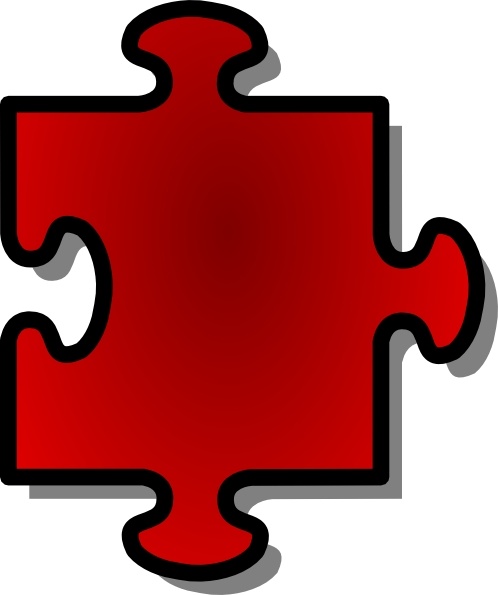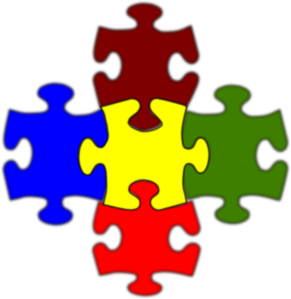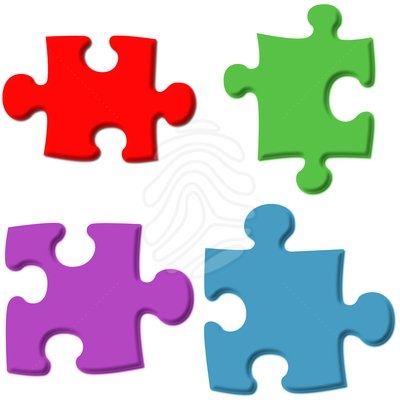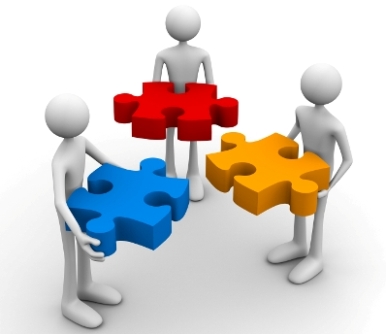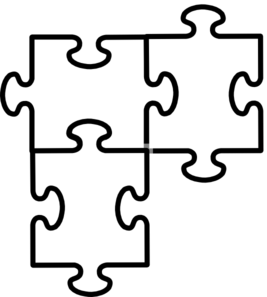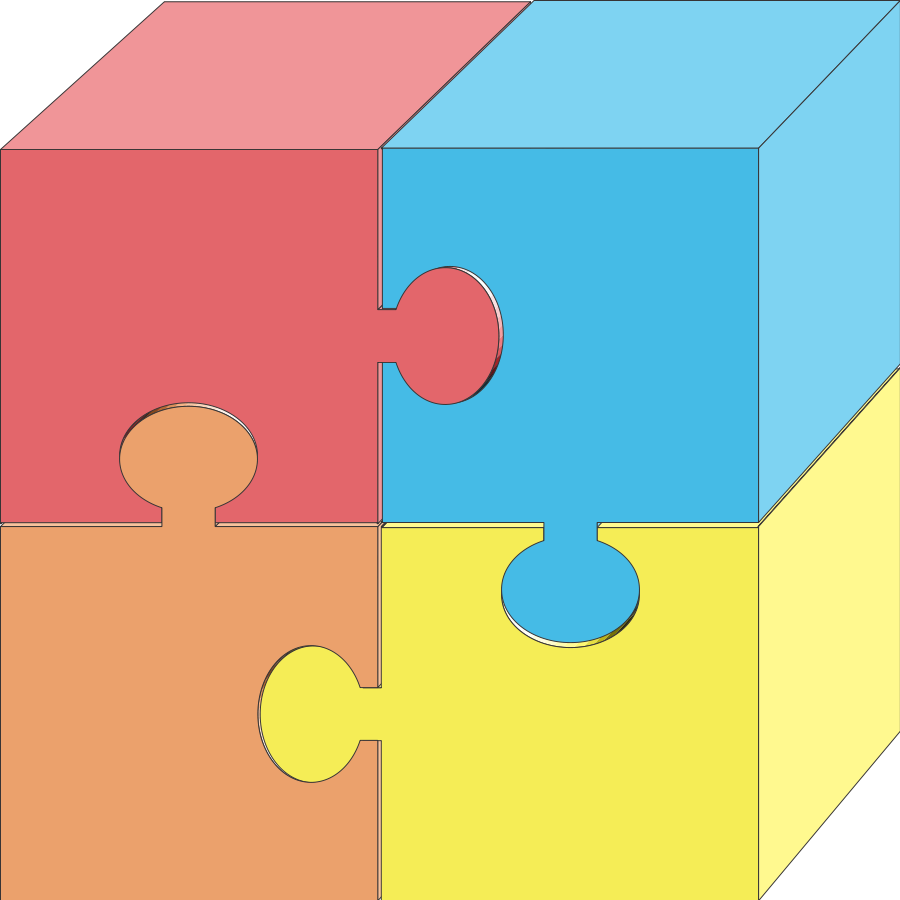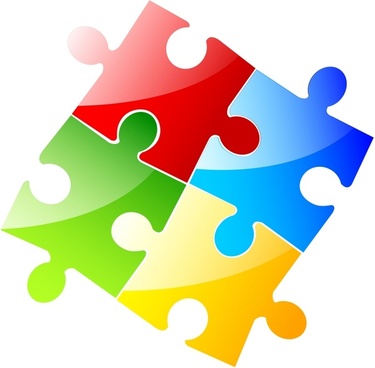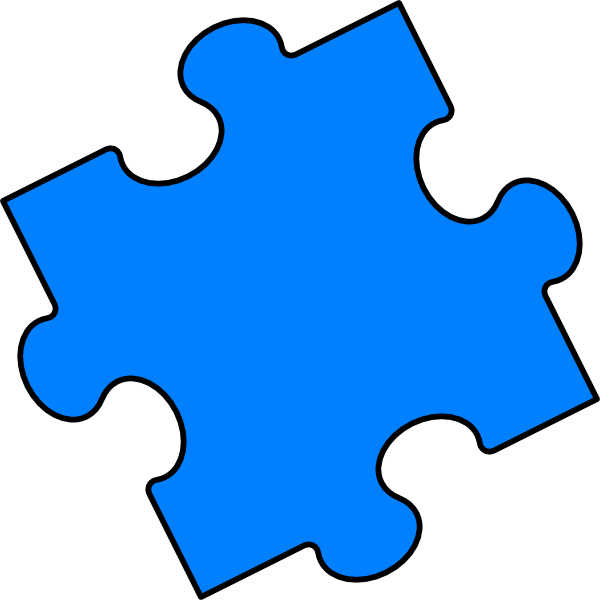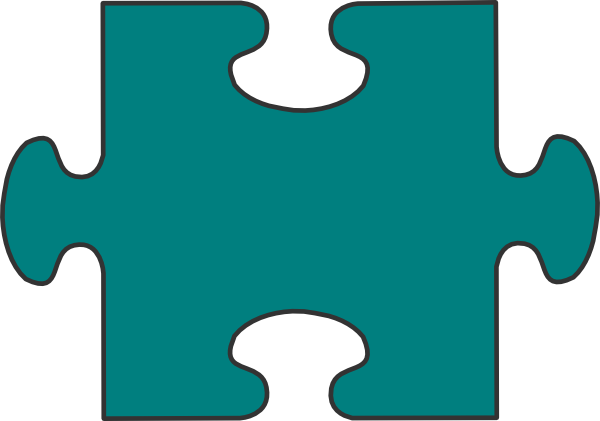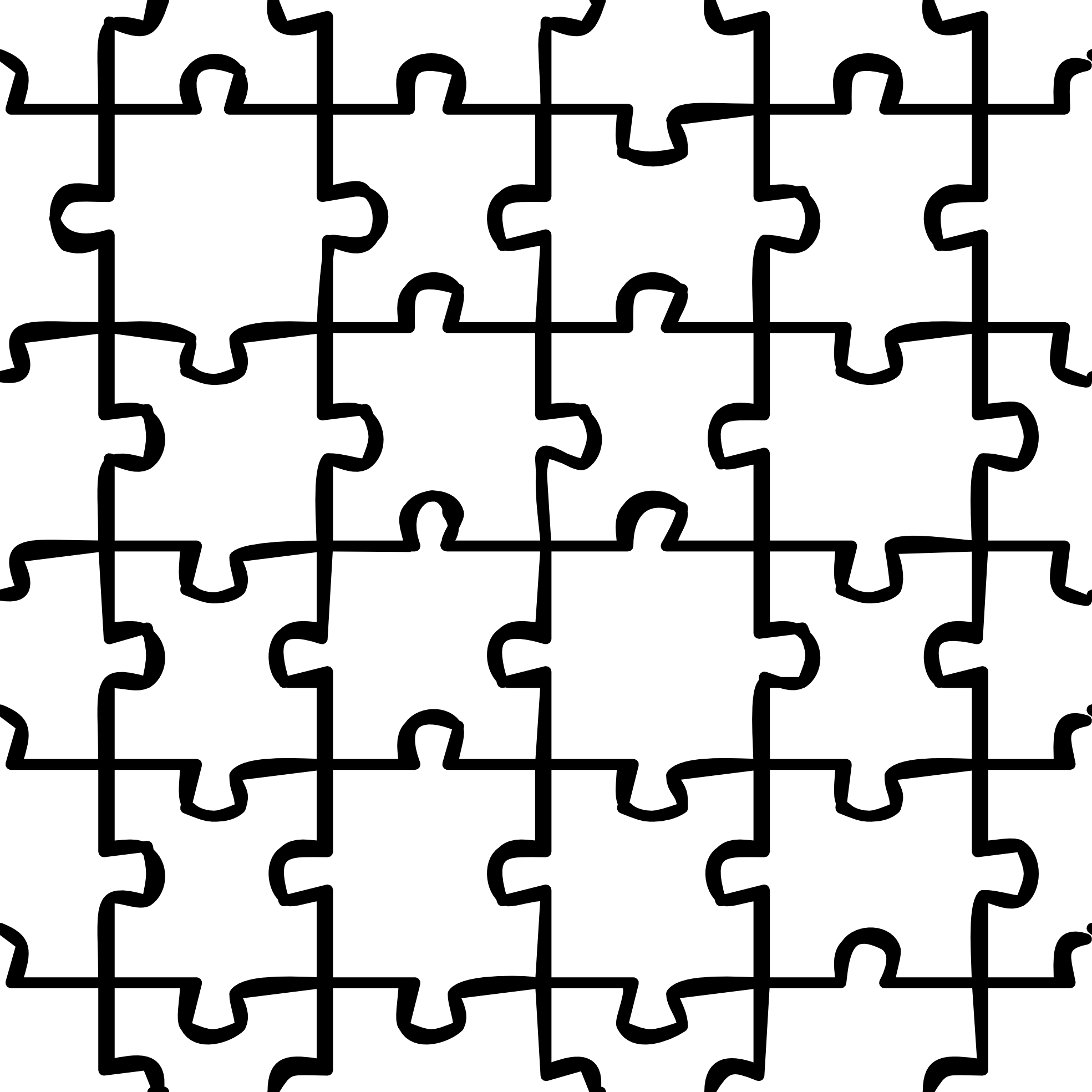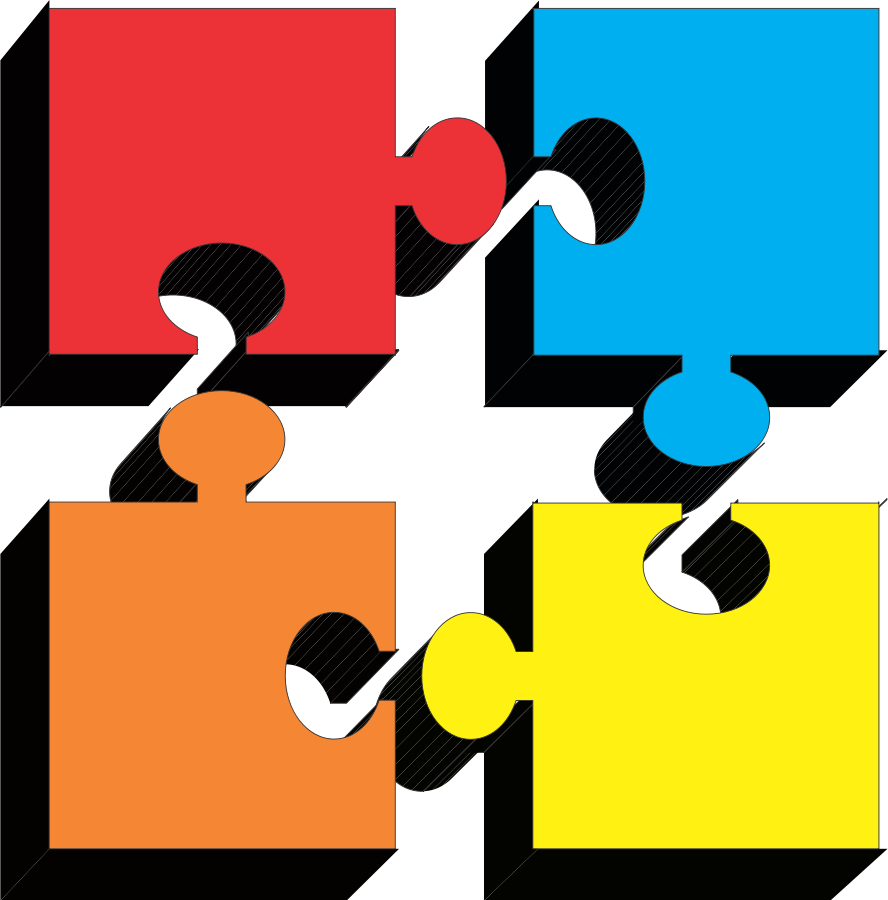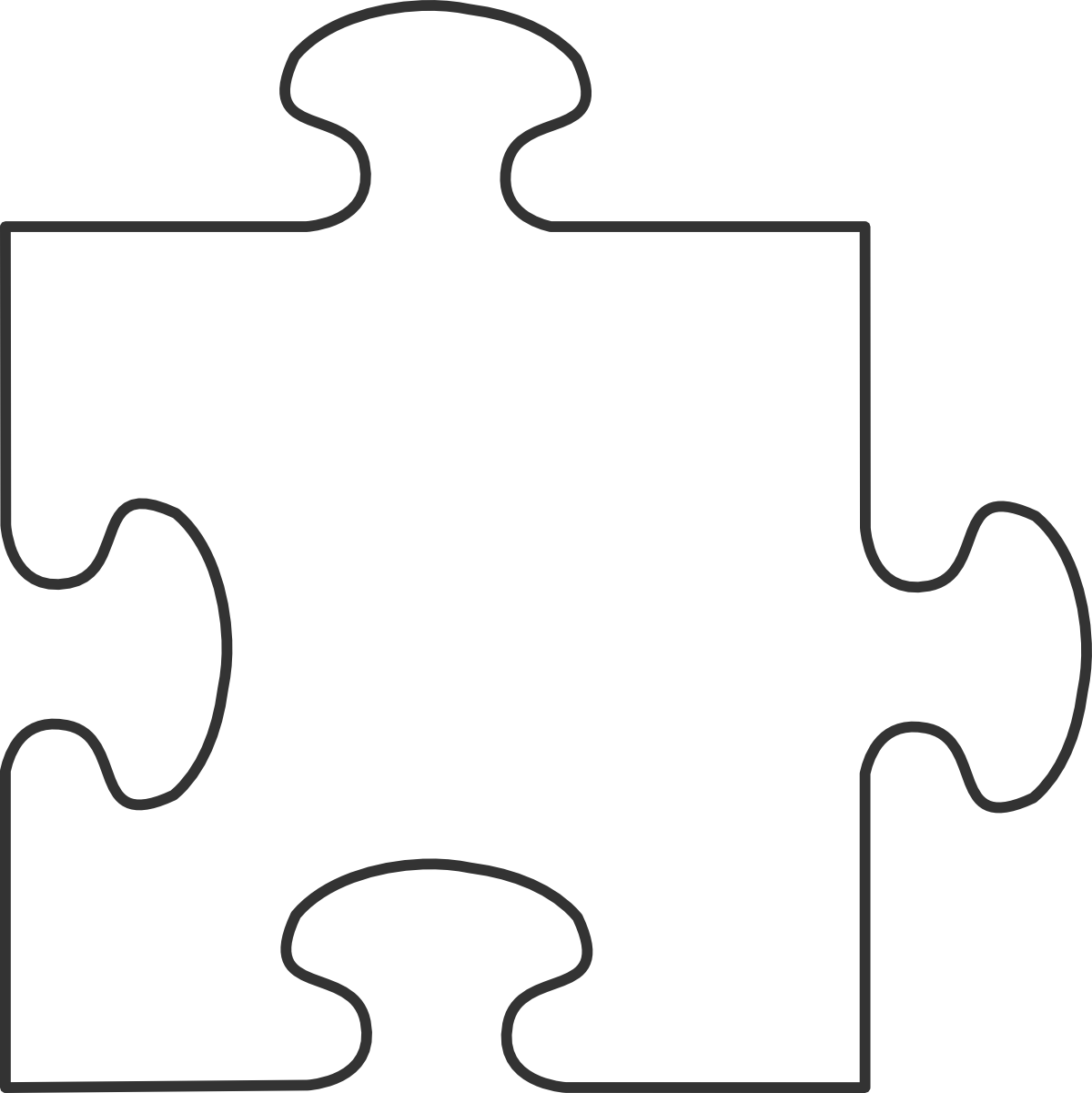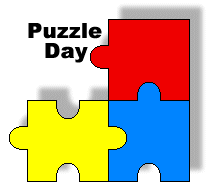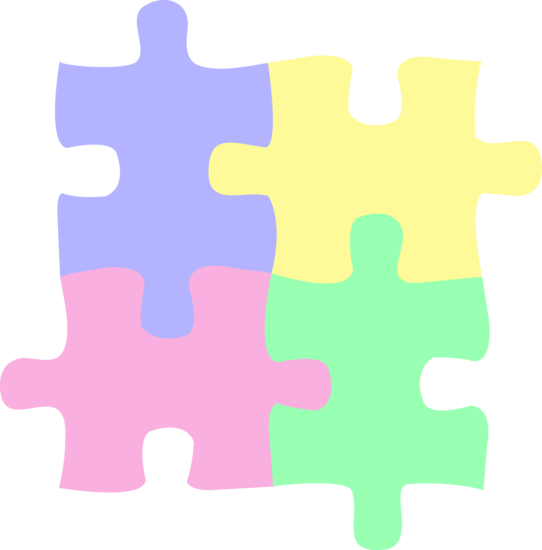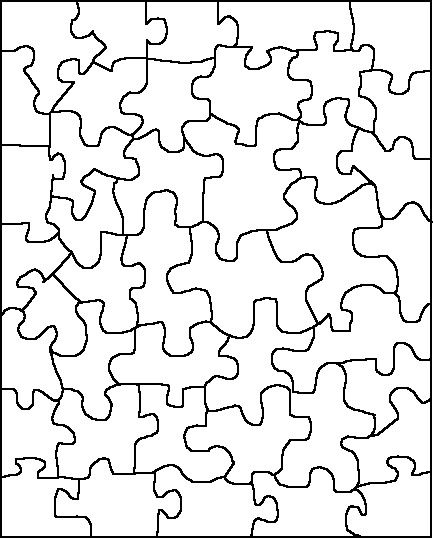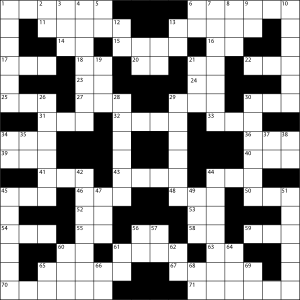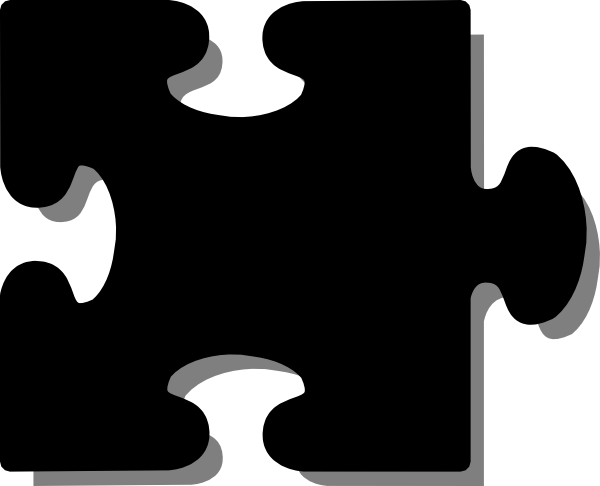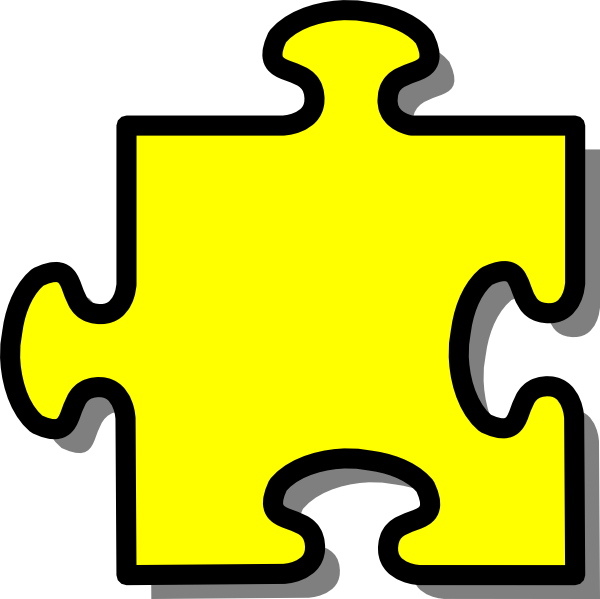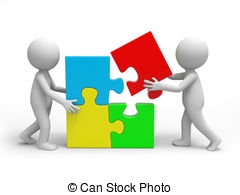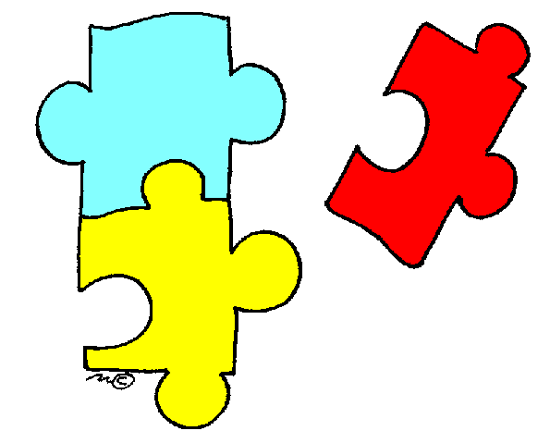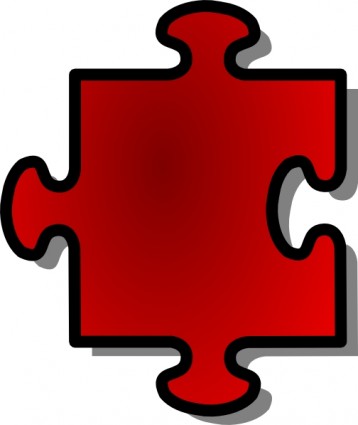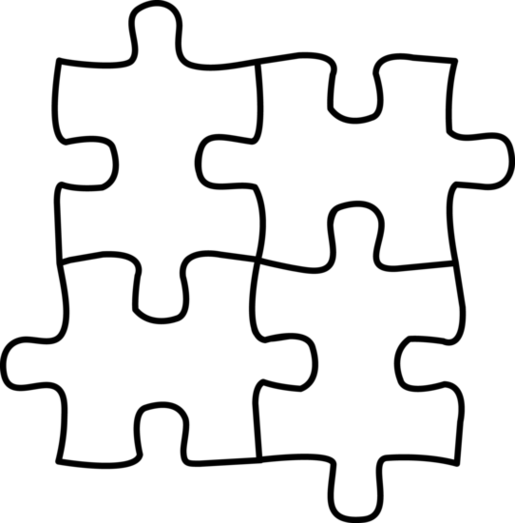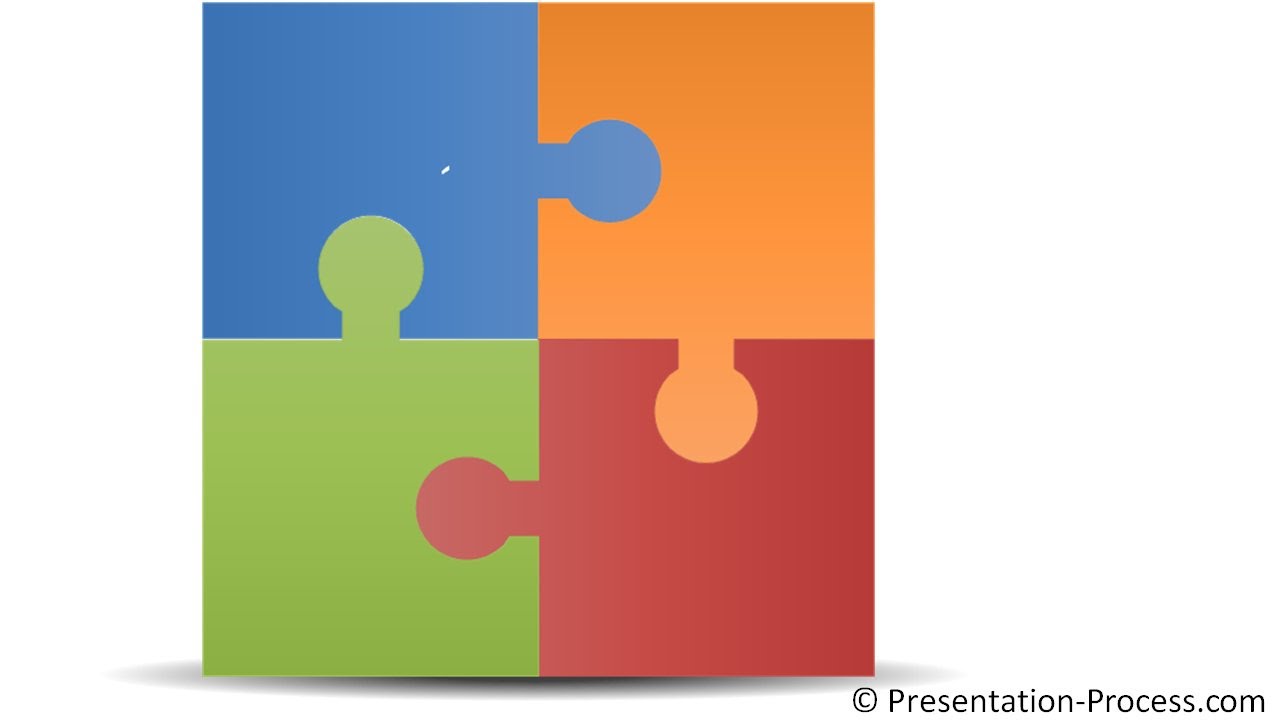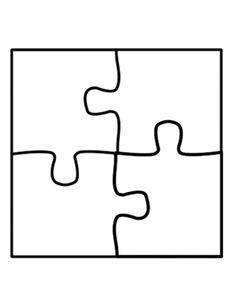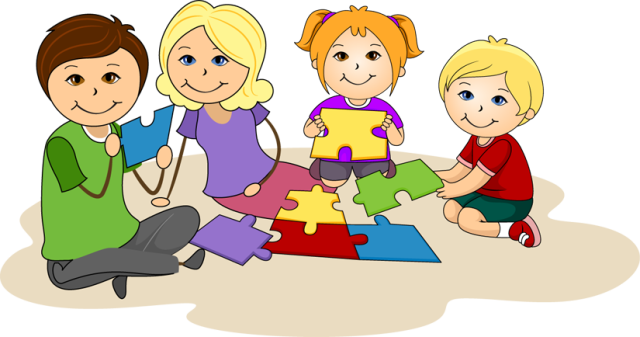Puzzle Clipart
Puzzles represent recreational activities involving intellectual challenges and problem-solving tactics. Participants analyze puzzle components, spatial relationships and abstractions while exercising logic, deduction and trial-and-error to achieve solutions. This combination engages the mind, provides amusement, and leads to satisfying accomplishments upon completing confounding configurations. Due to such reliable appeals, puzzles have persisted as dependable mainstays for centuries.
History and Evolution of Puzzles
While games of strategy trace ancient roots, formal puzzles emerged as dissected picture jigsaws within 18th century Europe, captivating the era’s nobility and affluent classes. This parlor pastime exercised spatial visualization, patience, and manual dexterity when properly aligning increments to form cohesive wholes.
As mass production enabled greater access, more puzzle varieties arose during the 1900s “golden age” catering to diverse preferences and complexity from different instructional materials involving words, shapes, and mathematics. Iconic sensations like the Rubik’s Cube even combined physicality with speed, logic and visual-spatial skills.
Throughout cultural shifts and technological advances, classic puzzles endure by adapting across mediums while retaining fundamentally stimulating traits.
Categories of Puzzles
Major puzzle categories include:
- Jigsaw – Reconstruct images by connecting interlocked pieces
- Logic – Deductive reasoning provides conclusions from conceptual clues
- Word – Linguistic hints like crossword definitions or anagrams reveal answers
- Math – Apply numerical operations toward values meeting constraints
- Mechanical – Manipulate objects to achieve paradoxical end configurations
Accommodating diverse interests and skills keeps engagements enjoyable.
Benefits of Puzzle Completion
Aside from having fun, puzzles yield additional enrichment like:
- Mental exercise – Spatial cognition, memorization and strategic planning contribute to brain health.
- Emotional regulation – The purposeful challenge shifts focus away from worries toward productive goals and accomplishment.
- Confidence building – Independent progression fosters pride and self-esteem.
- Social opportunities – Collaborating on puzzles can bond relationships through shared problem-solving.
Regular engagement compounds rewarding outcomes beyond superficial play.
Puzzle Composition and Design Elements
Beyond structural mechanics enabling functionality, compelling puzzles integrate:
- Striking visuals – Colorful, tactile or scenic details bring satisfying outcomes into focus.
- Cohesive themes – Images and motifs supporting unified concepts amplify immersion.
- Novel shapes – Unexpected interlocking cut patterns capture interest.
- Premium materials – Heavy cardboard, finished wood exude sophistication.
Artistry makes participation more irresistible regardless of skill level by attracting initial curiosity that transforms into captivation.
Notable Iconic Puzzles
Many legendary puzzles demonstrate widespread cultural grip through mass enthusiasm and retaining their status across generations, including:
- Early jigsaw craze consuming 18th century European nobility
- Rubik’s Cube 1980s sensation that endures as world’s best selling toy
- Crosswords mass popularity as mental gymnastics since 1913 debut
- Sudoku’s contemporary logic puzzle renaissance
The sustained embrace of such classics for over centuries confirms puzzles as more than passing fads but rather mainstay amusements fulfilling innately human impulses.
Purpose of Puzzle Clipart Graphics
Clipart offers scalable vector puzzle graphics for inserting recognizable symbols into digital designs and projects editing software. This allows creatives to quickly establish relevant motifs associated with recreational problem-solving concepts visually in their materials.
Working With Puzzle Clipart
Ethical puzzle clipart usage requires:
- Checking terms of use permissions
- Providing proper attributions
- Modifying graphics to match specific project tones
- Legally acquiring access
- Implementing files using secure protocols
This fulfills creative needs without infringing.
Puzzle Clipart Applications
Injected puzzle motifs aptly decorate:
- Game box covers
- Educational program badges
- Tournament banners
- Brain teaser blogs
- Puzzle product packaging
Visually establishing relevant concepts and atmosphere.
So whether crafted from traditional cardboard or clicked as an online app, puzzles proffer more than mere diversion but rather brain-boosting opportunities also rendered through accompanying clipart allowing digitally displaying that symbolic spirit of problem-solving.
In this page clipartix present 72 puzzle clipart images free for designing activities. Lets download Puzzle Clipart that you want to use for works or personal uses.
